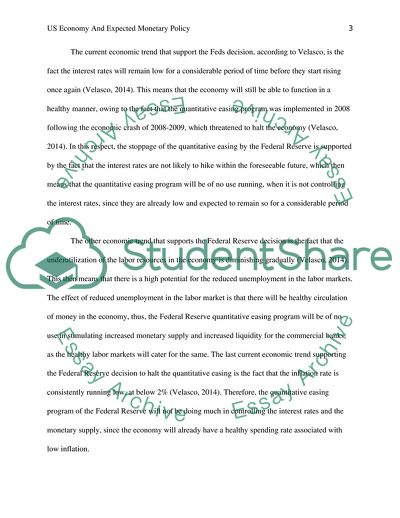Cite this document
(US economy and expected monetary policy Research Paper, n.d.)
US economy and expected monetary policy Research Paper. https://studentshare.org/macro-microeconomics/1849216-us-economy-and-expected-monetary-policy
US economy and expected monetary policy Research Paper. https://studentshare.org/macro-microeconomics/1849216-us-economy-and-expected-monetary-policy
(US Economy and Expected Monetary Policy Research Paper)
US Economy and Expected Monetary Policy Research Paper. https://studentshare.org/macro-microeconomics/1849216-us-economy-and-expected-monetary-policy.
US Economy and Expected Monetary Policy Research Paper. https://studentshare.org/macro-microeconomics/1849216-us-economy-and-expected-monetary-policy.
“US Economy and Expected Monetary Policy Research Paper”. https://studentshare.org/macro-microeconomics/1849216-us-economy-and-expected-monetary-policy.


